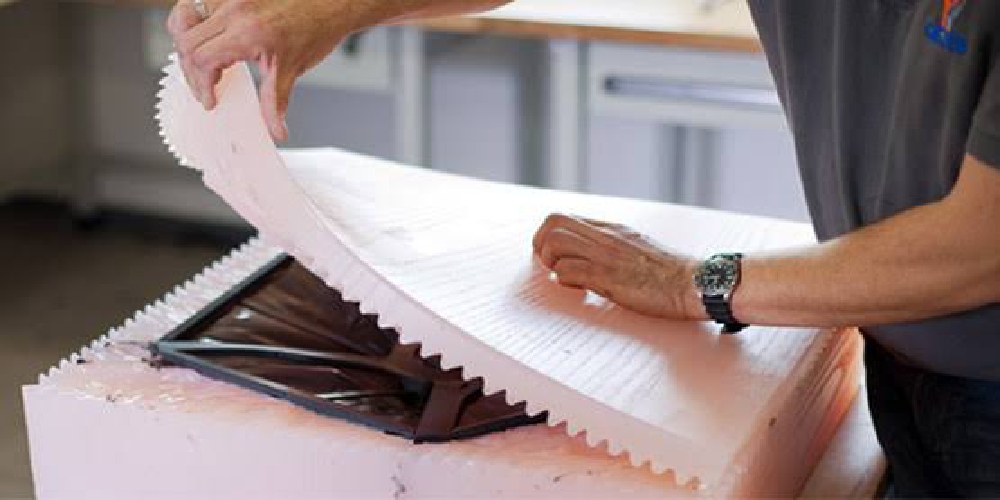One of the manufacturing processes which still plays an important part in today’s industries is vacuum casting. This molding technique produces better molds than many others, which is why industries prefer it. In this article, we explain in great detail what vacuum casting is, how it works, and the benefits of these Vacuum Casting China machines.
What is vacuum casting
Accuracy is critical in the manufacturing industry. As a result, processes that guarantee the moulding of intricate parts down to the smallest details are always preferred.
Vacuum casting is one such process that accomplishes this. It uses air pressure to drag the liquid material into a silicone mold. After that, air is removed from the mould to ensure proper casting. This creates a vacuum and provides the ventilation required for a good cast.
How vacuum casting works
Three meticulous procedures are used to perfect vacuum casting. It entails creating a master model from which a silicone mold is created, followed by the production of the required parts using the mold.
Making the master model
The master model is the first prototype created while using the vacuum casting technique to create a finished work. Typically, the dimensions of the master model are obtained, and the master model is crafted by 3D Printing to ensure the slightest accuracy.
Making the Silicone Mold
When the master mold is complete, it’s time to create your silicone mold. This is simply created by pouring the liquid silicone into the casting box and fully immersing the master model into it.
The master model is removed after a few hours, when the silicone may have cured. What remains is a hollow space in the center of the silicone mold. This hollow space corresponds to the master model’s dimensions and specifications. This is subjected to high temperatures to ensure proper curing.
Making the parts
Once you have the mold, you can use the moulding mixture to make your delicate parts, which are typically elastomers like plastic and rubber. To ensure that your finished part can be removed from the mold, the interior of the mold is cleaned and sprayed with a release agent.
Casting is done in a vacuum after all of the moulding mixture has been added to the mold ahead of time. When the casting is complete, the finished part is placed in the oven to cure. The silicone mold can be easily removed from the finished work once it has cooled.
The benefits and drawbacks of vacuum casting
One distinct advantage of using vacuum casting is that parts with intricate details can be easily and efficiently produced at a lower cost. However, due to air bubbles, vacuum casting produces finished work with rounded edges and surfaces that are not precisely smooth. Furthermore, because the mold is made of silicone, it is prone to wear and requires constant cleaning.
Conclusion
Consumer product manufacturers and the food and beverage industry prefer to use this technique for their products due to its low-cost manufacturing and effectiveness. Vacuum casting is also used in the electronics industry. Because polyurethane is resistant to shock and heat, vacuum casting with polyurethanes is a preferred manufacturing technique for many electronic devices.
